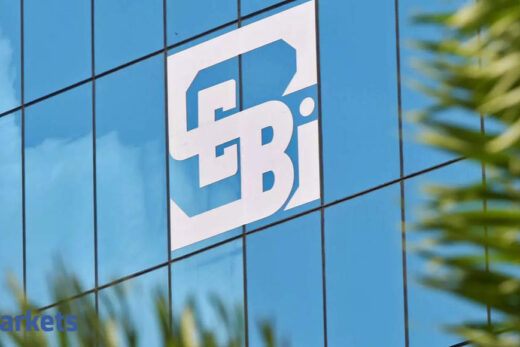Before investing in a FMCG stock, investors should examine profitability, liquidity and sustainability of the business. A company with the highest RoCE is considered the best option to invest. Investors should analyse operating margin ratio, which show what is the company is spending to generate sales. It also shows the profit left after meeting the operating expenses, and thus the operating efficiency of the business. Profit margins for FMCG companies can be uniquely high, because of low debt and low cost of indirect expanse. So this is a factor one needs to look at closely in this basket.
The net margin ratio can show the relationship between net profit and sales i.e. profit left for equity shareholders as a percentage to net sales. Besides, investors should also analyse return on capital employed (RoCE), as it shows the relationship between operating profit and the capital employed. While return on investment shows the relationship between net profit and total assets of a firm, and thus shows how is the company using its assets to earn or improve the total income and margins there on. The current ratio is mainly used to give an idea on a company’s ability to pay back its liabilities (debt and accounts payable) with its assets (cash, marketable securities, inventory, accounts receivable).
Similarly, the inventory turnover ratio is important, because total turnover depends on two fundamental components of performance: stock purchase and sales. The inventory turnover ratio measures how fast a company is selling its inventory compared with the industry average. A low turnover implies weak sales and, therefore, excess inventory. A high inventory turnover ratio implies either strong sales and/or large discounts. A quick look to the debt-equity ratio is equally important, as it the net worth of the company.
These parameters play an important role in the analysis of an FMCG business. This does not mean one should be dependent only on these. Nonetheless, these parameters are crucial for initial screening. Once these ratios are derived, one needs to compare them with a set of peers from the same industry to develop the right insights and arrive at an investment decision. It is also important to analyse these ratios over a period at least five years to figure out a trend, instead of doing a single-period exercise. Investors should also equally look at various qualitative factors, such as corporate governance, government policies, company disclosures, to name a few. Once the company is analyzed, one can spot a trend and it would become easier to take an investment decision.
(DK Aggarwal is the CMD of SMC Investment and Advisors)



